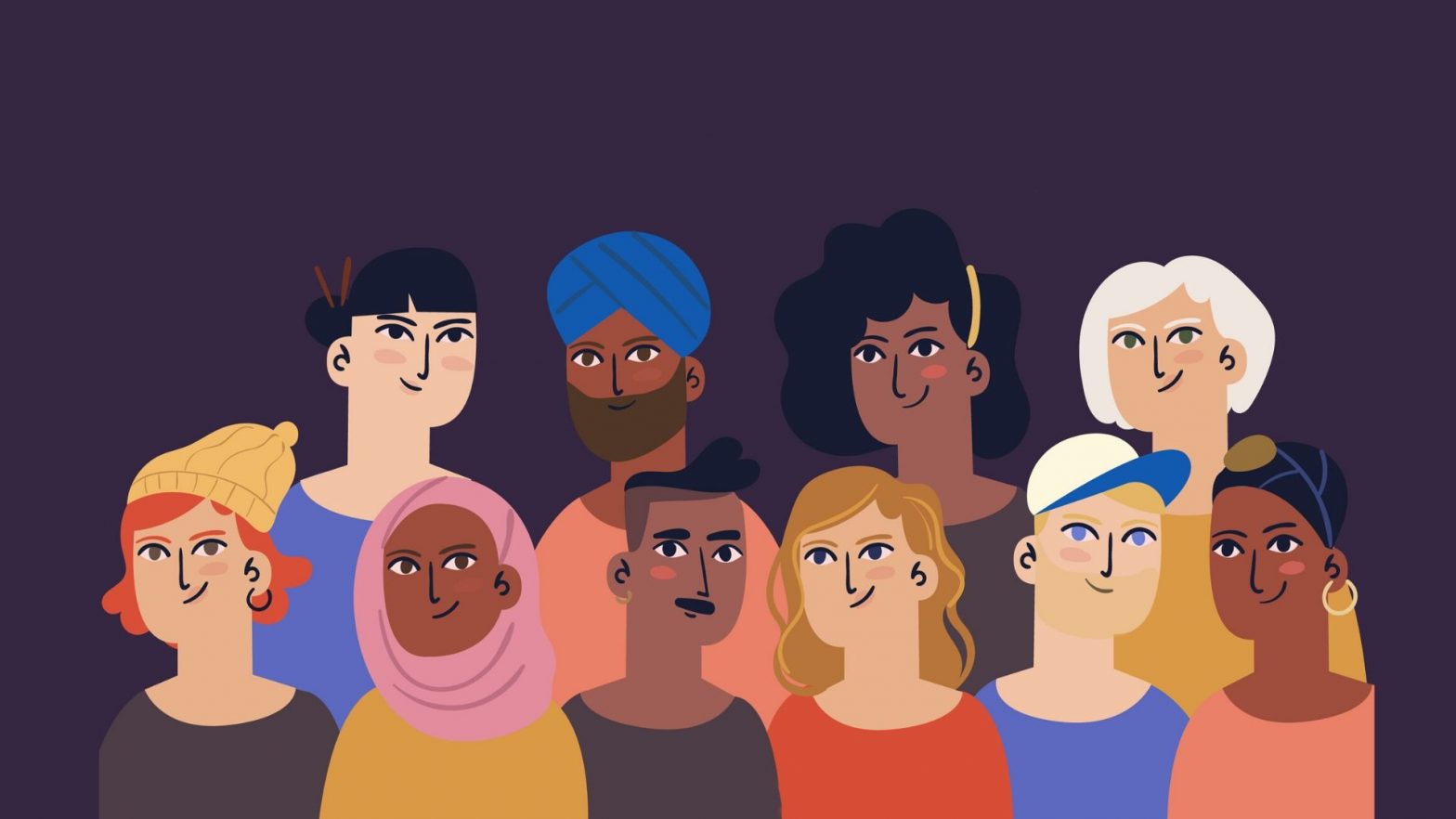When you think about culture you might consider the food, clothing, or music of a country different from your own, or how these differ from nation to nation. While culture is often misperceived as a concept that applies to large groups of people, the truth is that culture can apply to any sized group of people from continents to counties and everything in between. Simply put, culture is a socially constructed environment made up of a group of people who are connected through shared practices and beliefs. Culture is a part of everyday life which affects how people interact with each other, and how they perceive the world around them. Because identity is formed through an individual’s experiences and perceptions of the world, culture can be a major factor in the formation of a person’s identity. Many cultures can influence a person’s identity: the culture of their family, religion, nation, etc. There are so many pieces that make up culture which make it a difficult concept to nail down; however, in terms of identity, culture can be broken into the subconcepts morality, religion, language, social norms, and traditions.
Throughout history these subconcepts developed throughout the establishment of societies and social groups. This development created a culture within their countries, states, neighborhoods, and families. These cultures were passed down and changed through generations of social construction. Tradition, for example, includes activities practiced by members of a culture. During holidays, some see it as a time to engage with family, celebrate religion, or to exchange gifts. Traditions vary from family to family and nation to nation. They are passed down and evolve over time. Similarly, languages enhance identities because it is a cultural form of art which is significant depending on the individual or community. For instance, sometimes people use their native language to carry out sacred traditions. Although, whether it becomes lost or preserved, language continues to reshape both group and individual identities. Furthermore, tradition and language connect with religion because it serves as a powerful influence within a highly involved family or community. After all, if the vast majority practices their religion, future generations are likely to conform or apply new meaning to their faith. It creates a sense of norms and boundaries, which may play an important role in identity formation. Additionally, morality refers to the different forms of proper conduct, based on one’s situation or view of the world. Since morality varies by culture, it facilitates harmony within a society. This means an individual’s perspectives are made based on a community surrounding them. Lastly, social norms also tie these concepts together because they tend to align with people’s age and gender within cultural beliefs and practices. They are unwritten and unspoken rules that determine identity expression and build a sense of “normalness”. Therefore, illustrating a correct way to express one’s identity based on cultural and societal values.
Overall, these subtopics are significant because they thoroughly demonstrate how culture continuously impacts and shapes part of the current identity mystery.
